Container Grown Borage: Learn About Growing Borage In Pots
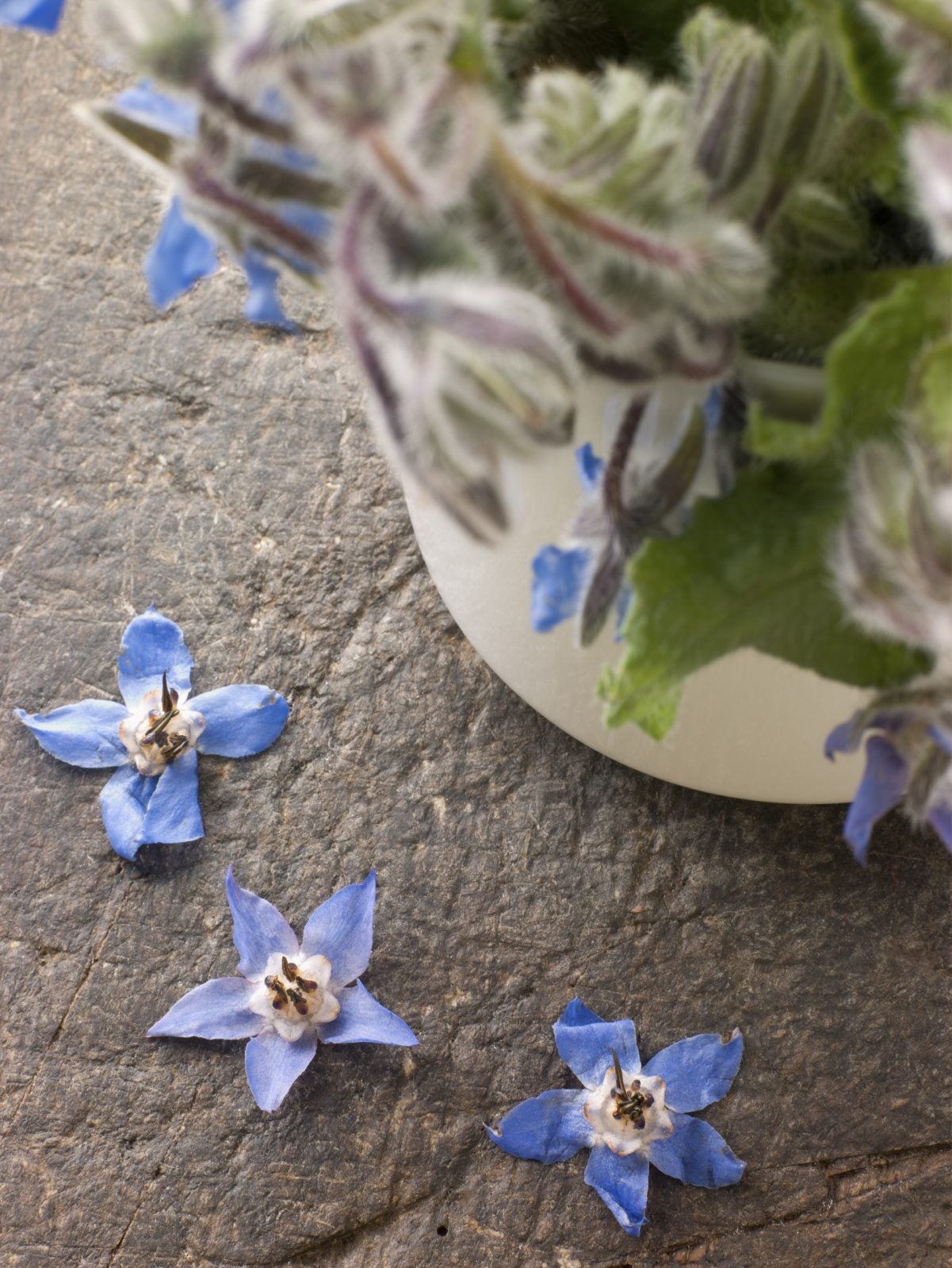

A warm-season annual native to the Mediterranean, borage is easily recognized by its bristly, gray-green leaves and five-petaled, star-shaped blooms, which are usually intense blue. However, less common varieties with white or pale blue blooms are also available. If you don’t have space in your garden, or if you’re concerned about the plant’s rambunctious growth habit, consider growing borage in containers.
Borage Growing Conditions
This beautiful herb definitely isn’t fussy. Borage prefers full sunlight but tolerates light shade. In the ground, borage thrives in rich, well-drained soil. However, potted borage plants do fine in any well-drained commercial potting soil.
Growing Borage in Pots
Borage reaches heights of 2 to 3 feet (61-91 cm.) and the taproot is long and sturdy. Therefore, potted borage plants need a sturdy container with a depth and width of at least 12 inches (31 cm.). Although you can grow borage from seed, most gardeners prefer to start with bedding plants, which are generally available in garden centers or specialty herb stores. If you are adventurous, plant seeds directly in the container soon after the last frost in spring or start the seeds indoors a few weeks earlier. Keep in mind that because of its long taproot, borage doesn’t transplant well. Starting the plant in its permanent home can save you trouble down the road.
Caring for Container Grown Borage
Water borage deeply whenever the top 1 to 2 inches (2.5-5 cm.) of potting media feels dry to the touch, then let the pot drain. Check often during hot, dry weather, as containerized plants dry quickly, but be careful not to let the soil become soggy, which promotes rot. Borage in containers generally requires no fertilizer. If you decide to feed the plant, use a diluted solution of a water-soluble fertilizer. Avoid overfeeding, which often promotes lush foliage but few blooms. Borage tends to be relatively pest-resistant, but the plant is sometimes bugged by aphids. If you notice the tiny pests, spray the plant with insecticidal soap spray. Pinch tips of young plants to keep borage compact and bushy and snip the leaves as needed for use in the kitchen. You can also trim the plant if it looks overgrown in midsummer. Be sure to deadhead blooms as soon as they wilt. Otherwise, the plant will go to seed, and blooming will end early. The plant may also need stakes to keep it upright.
Gardening tips, videos, info and more delivered right to your inbox!
Sign up for the Gardening Know How newsletter today and receive a free copy of our e-book "How to Grow Delicious Tomatoes".

A Credentialed Garden Writer, Mary H. Dyer was with Gardening Know How in the very beginning, publishing articles as early as 2007.
-
 Looking For Plants To Give You The Soft And Fuzzies? Try These 5 Fuzzy Leaf Plant Options
Looking For Plants To Give You The Soft And Fuzzies? Try These 5 Fuzzy Leaf Plant OptionsLovers of texture, drama, silver foliage and tactile plants will adore these special sensory garden additions. These fuzzy leaf plant options will leave you all aglow
By Susan Albert
-
 Get Ready For A Summer Of Hummers! Grow These Full Sun Hummingbird Plants and Flowers
Get Ready For A Summer Of Hummers! Grow These Full Sun Hummingbird Plants and FlowersIf you’re lucky enough to enjoy a sunny backyard, make sure you are maxing out on your pollinator opportunities and grow these full sun hummingbird plants and flowers
By Tonya Barnett
-
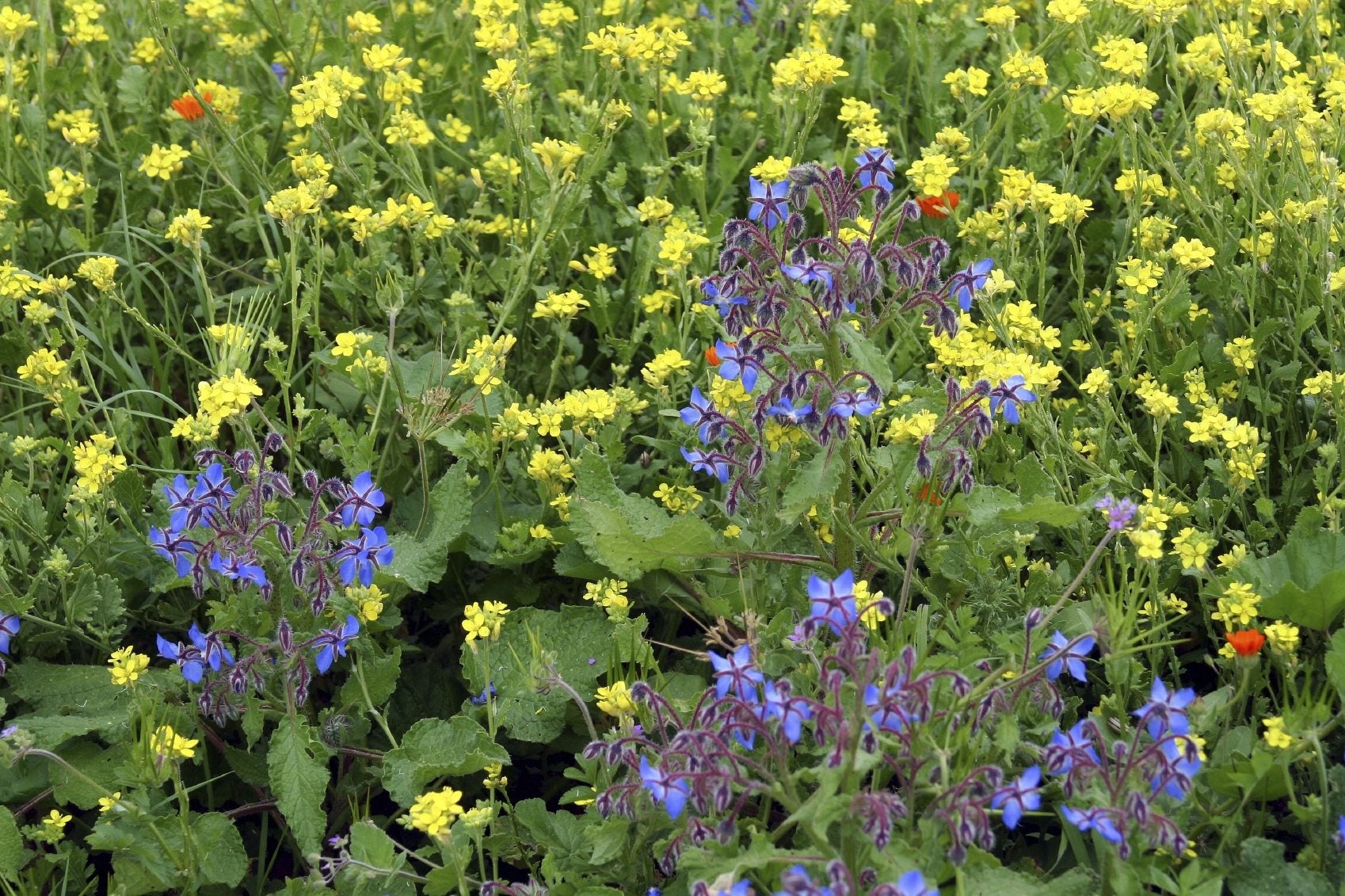 Companion Planting With Borage – Plants That Grow Well With Borage
Companion Planting With Borage – Plants That Grow Well With BorageCompanion planting is based on the idea that some plants perform better if they are located near a strategic plant partner that may attract beneficial insects, improve soil quality, or even share root space in a beneficial manner. Learn about borage and companion planting here.
By Karen Boness
-
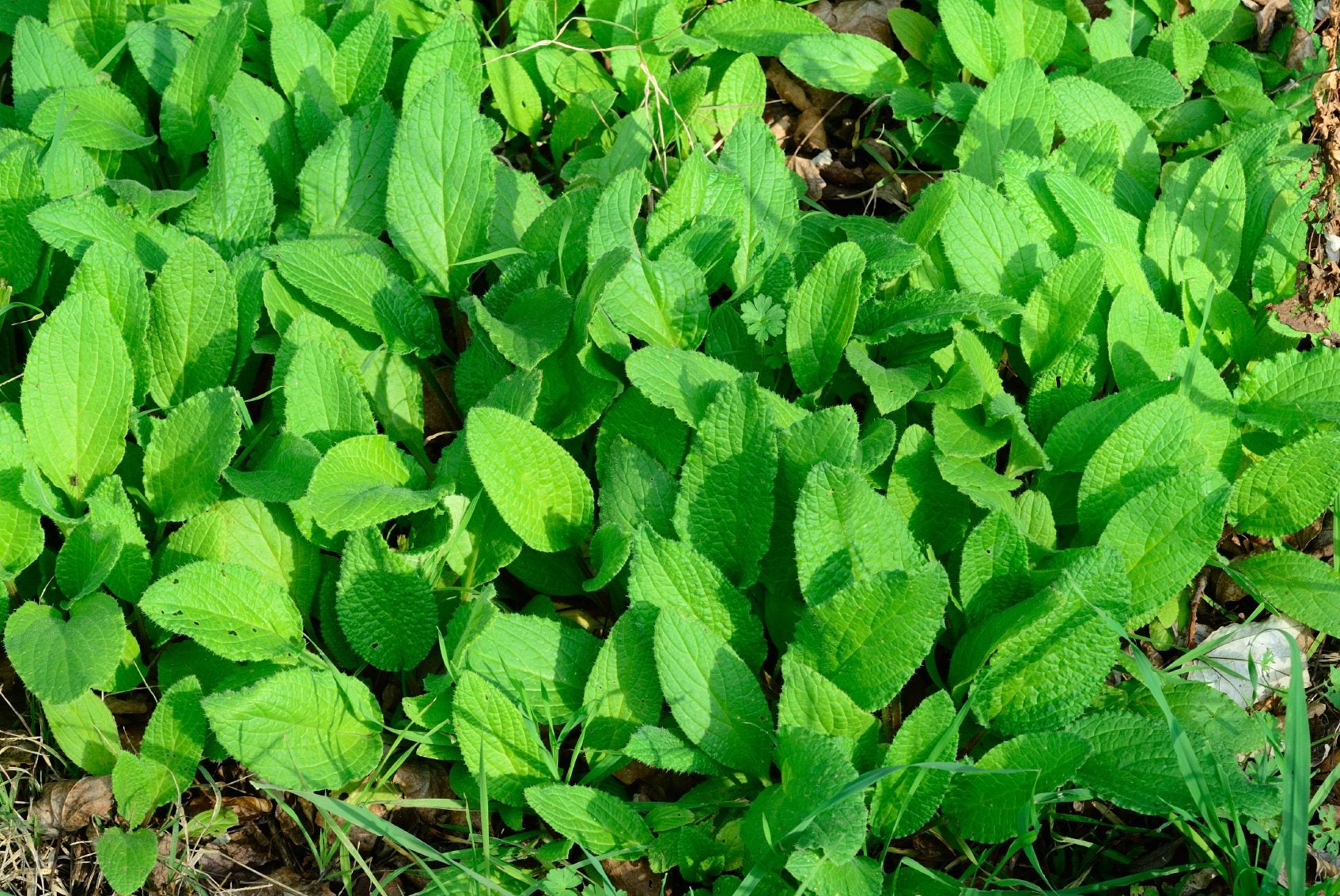 Borage Harvesting: How And When To Harvest Borage Plants
Borage Harvesting: How And When To Harvest Borage PlantsBorage is a self-seeding herb that?s easy to grow and, if allowed to bloom and set seed, will provide year upon year of edible blue blossoms as well as foliage. The question is, when and how to harvest borage? This article will help.
By Amy Grant
-
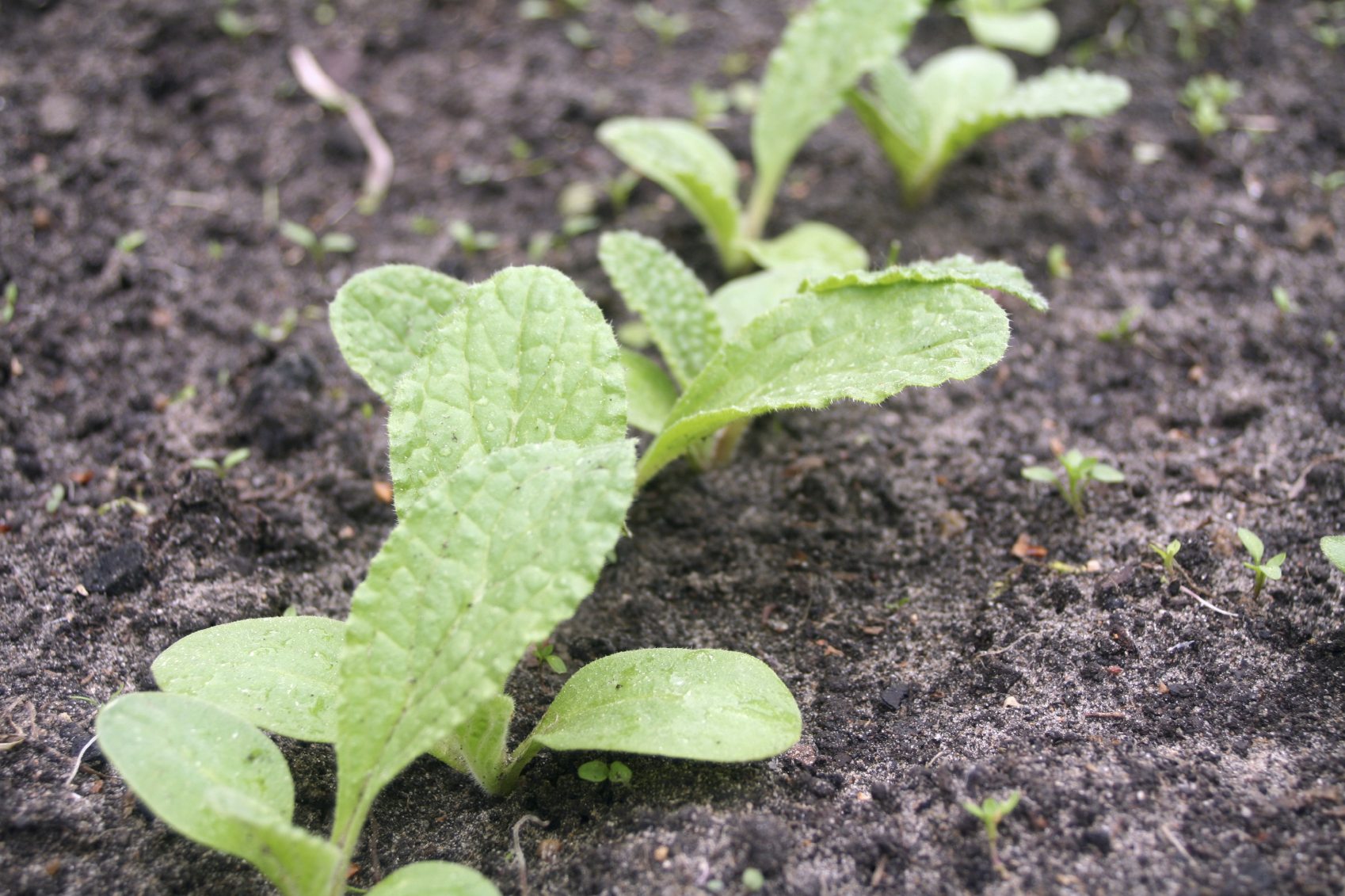 Borage Seed Growing – How To Plant Borage Seeds
Borage Seed Growing – How To Plant Borage SeedsEven if you can't be convinced to bring it into the kitchen, borage is a favorite of bees. Borage is great to have around, and so easy to grow. Learn about borage seed propagation and growing borage from seeds in this article.
By Liz Baessler
-
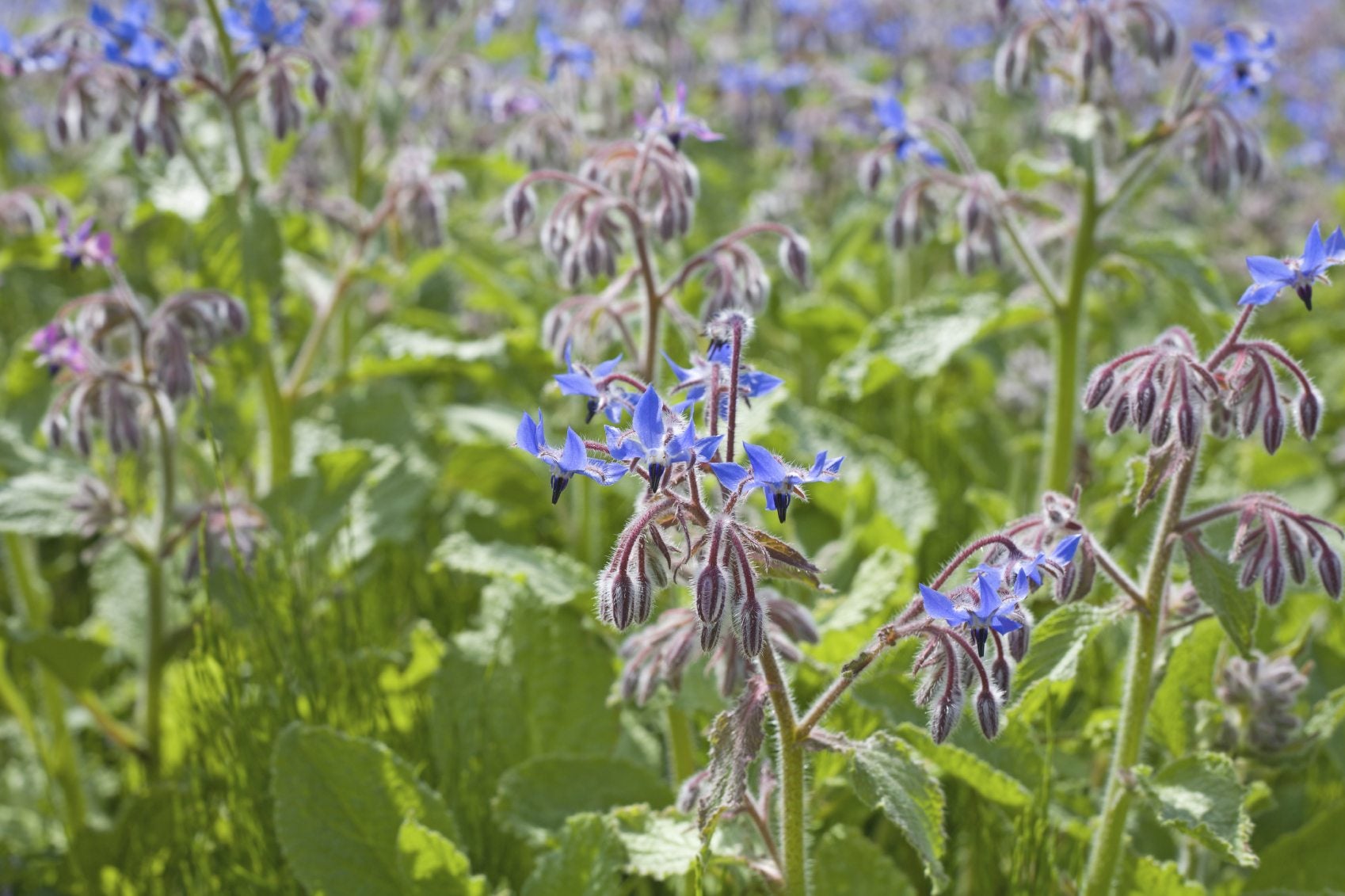 Borage Cover Crops – Using Borage As Green Manure
Borage Cover Crops – Using Borage As Green ManureUsing borage as green manure allows the nutrients brought up by the plant's deep taproot to be dispersed into the upper areas of soil when the plant composts. The result is healthy soil, rich in nutrients and deeply aerated earth. Learn more here.
By Bonnie L. Grant
-
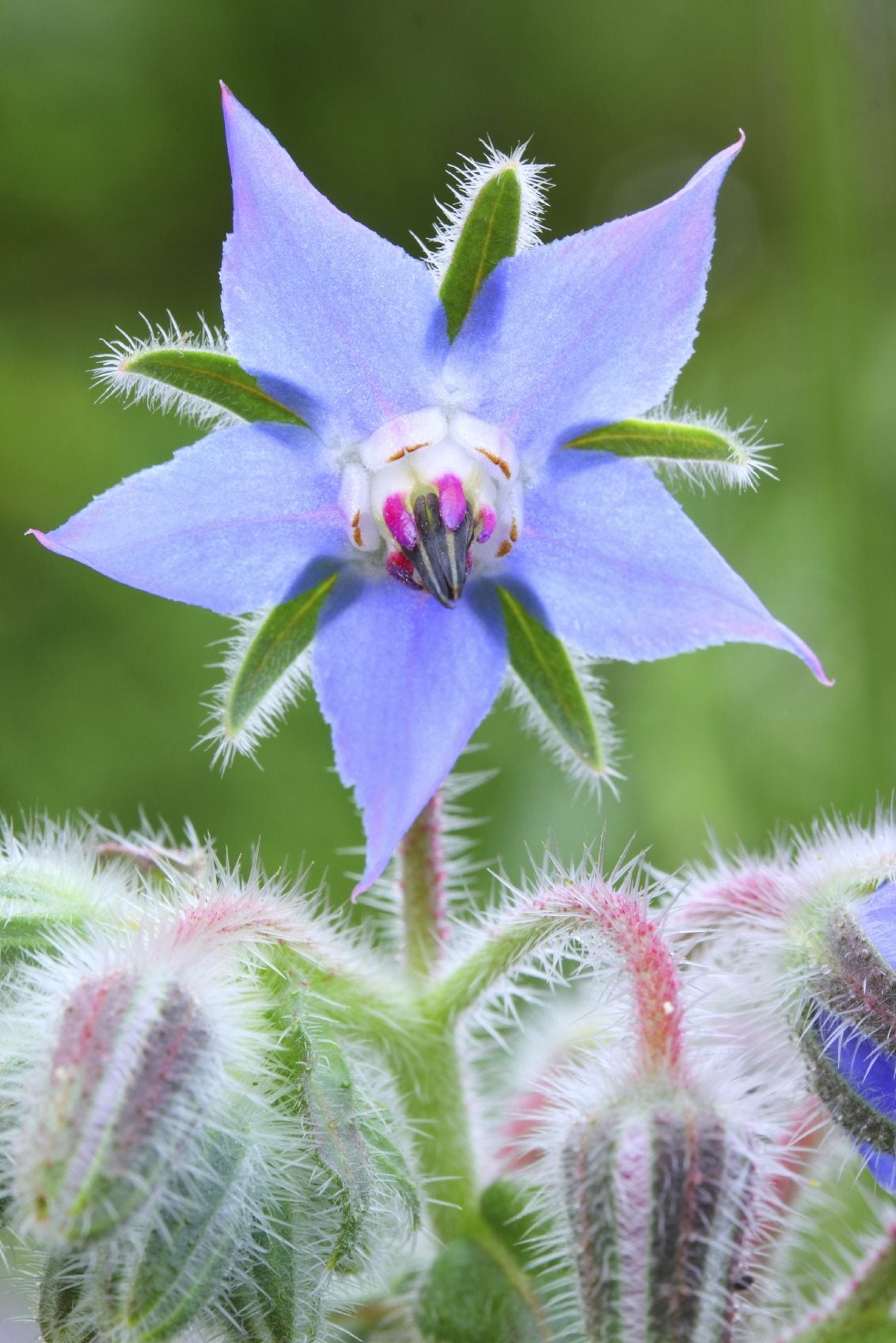 Borage Varieties – Are There Different Borage Flowers
Borage Varieties – Are There Different Borage FlowersBorage is a tall, sturdy herb distinguished by deep green leaves covered with fuzzy, white hairs. Home herb gardeners can select from four primary varieties of borage, all equally beautiful and easy to grow. Learn more about various borage plant types here.
By Mary H. Dyer
-
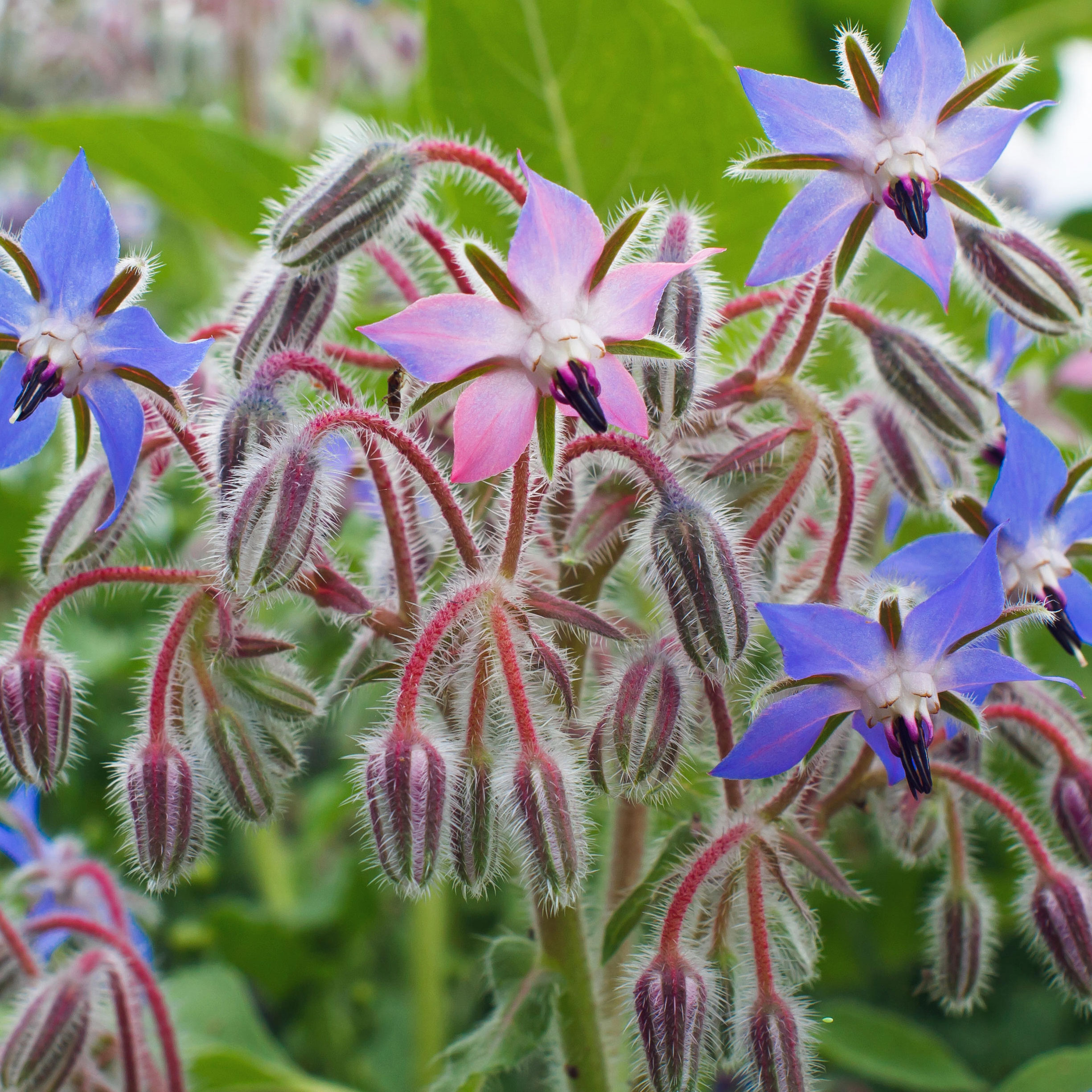 Planting Borage: Ultimate Growing Guide For Sublime Starflowers
Planting Borage: Ultimate Growing Guide For Sublime StarflowersWith its bright blue, bee-friendly flowers, the starflower is a versatile annual herb. Our expert guide to planting borage shows you how to make more of this edible beauty
By Bonnie L. Grant